6 Tips for Gardening in Heavy Clay Soil
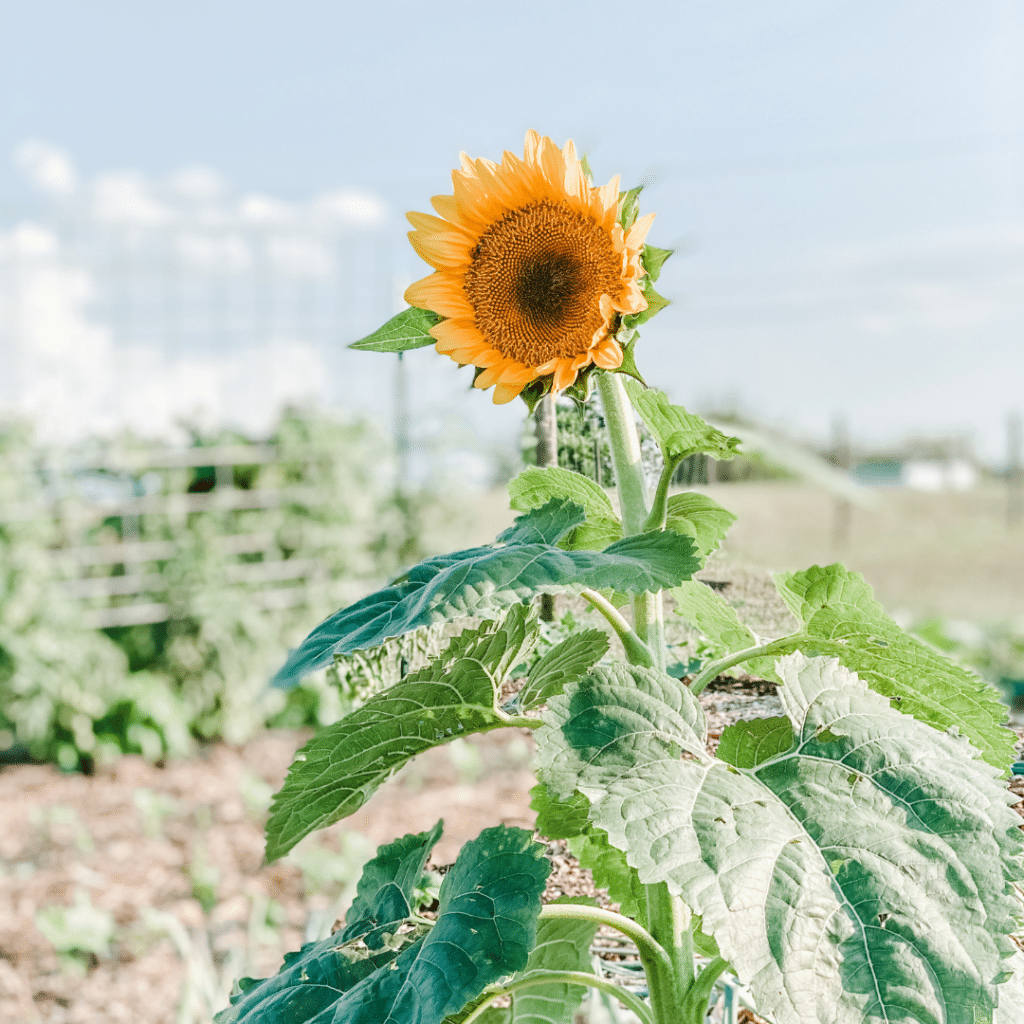
Plan your best garden with simple, step-by-step instructions!
This post may contain affiliate links, which means I make a small commission at no extra cost to you.
See my full disclosure here.
Gardening in heavy clay soil is no fun. However, there are many ways to have a successful garden despite your heavy clay soil.
I’ve gardened in northern Virginia for more than ten years, which means I have plenty of experience with heavy clay soil. The good news is that I grow amazing veggies (and flowers!) every year. You can too, if you follow these tips for gardening in heavy clay soil.
Prefer to watch your gardening advice? I made a video to show you my best tips for gardening in heavy clay soil. Can’t see the video? Click here to watch.
6 Tips for Gardening in Heavy Clay Soil
1. Be patient
The first step is probably the hardest. Gardening is a marathon, not a sprint. Keeping your expectations low for the first few years will allow you to celebrate the successes instead of focusing on the challenges.
It takes time to build rich, healthy soil. It also takes time to learn the ins and outs of gardening, and especially of gardening in clay soil. Keep that in mind and you’ll have a more successful experience.
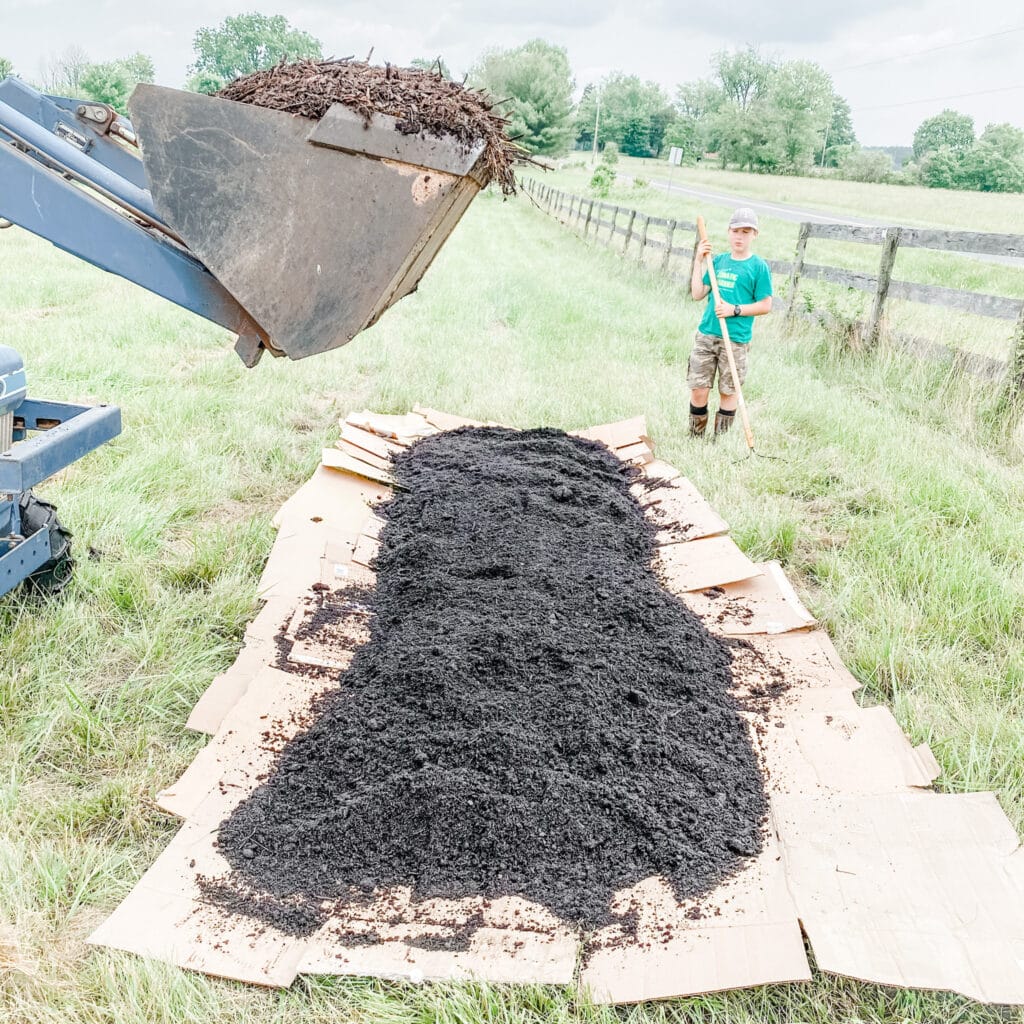
2. Build the soil
Remember: every step you take to build your soil is an investment in the future health of your garden. Here are a few of my favorite ways to build rich, healthy soil:
- No till: Instead of tilling up the soil and disturbing the microbiology, we layer materials on top of the soil. Our favorite formula is cardboard, then rich compost, then wood chips. Read more about our no till method here.
- Compost: Whether you make it yourself or buy it from a trusted source, rich compost is one of the best things you can add to your soil. Again, instead of tilling, I recommend laying it on top of your soil and planting directly in the compost.
- Manure: Animal manures add vital nutrients to your soil. Choose cold manures that can be added directly to the garden without composting first: rabbit, goat, duck, llama, or alpaca are all good choices. Another good option is hot manures, which must be composted before adding to the garden: horse, cow, or chicken.
- Mulch: Mulch serves several important functions in the garden: weed suppression, moisture retention, and soil composition. My favorite mulch materials include straw, grass clippings, or wood chips.
3. Aerate the soil
Heavy clay soil produces two main obstacles for healthy plants: roots cannot penetrate compacted clay and water does not drain well. However, over time, you can help to aerate your heavy clay soil through gentle aeration.
Two great methods for aerating heavy clay soil include the broad fork and clay-busting plants. In the first few years of gardening in heavy clay soil, use a broad fork over the planting area twice per year: in the spring before planting and in the fall after the growing season has ended.
Consistent use of the broad fork over the first few years in a new garden space plagued by heavy clay soil will gradually aerate and loosen the soil without tilling up the beneficial microbiology of the soil. For clay-busting plants, see number 6 below.
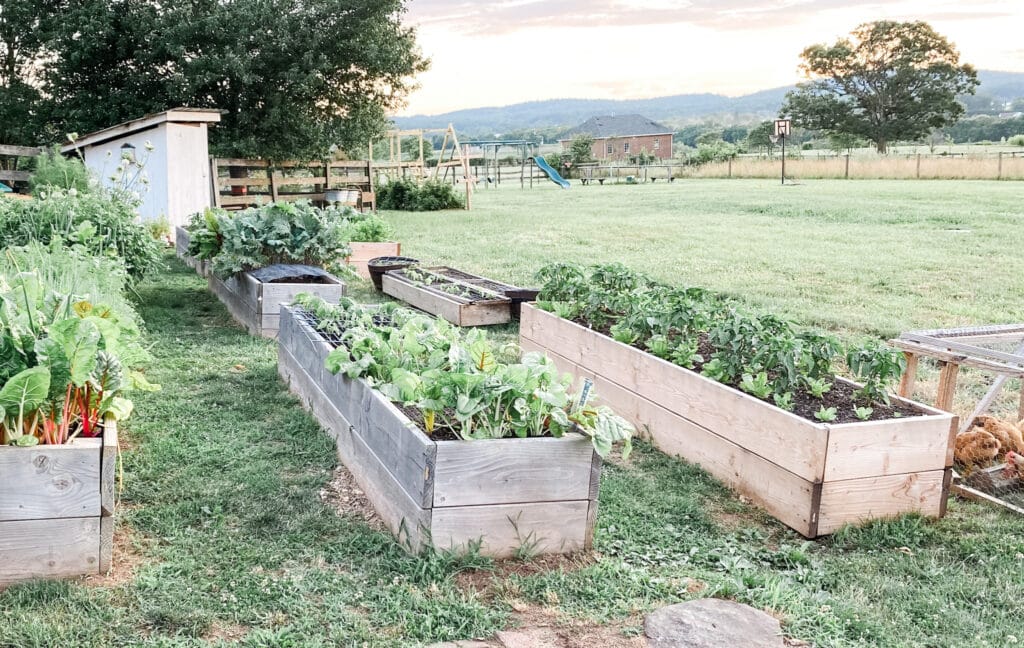
4. Elevate the soil
One way to conquer heavy clay soil is to bypass it completely with raised beds. In my garden, in addition to a large in-ground garden, I also use raised beds and hugel beds. These elevated beds allow me to grow veggies in rich, healthy soil right away. I choose what goes into the beds, and all of it sits on top of the clay soil.
Over time, that clay soil under my raised beds will improve. In the meantime, I get to grow amazing veggies in rich garden beds without worrying about my heavy clay soil.
Learn more about using hugelkultur in your garden:
- How to Build Hugelkultur Raised Beds
- 3 Important Tips for Hugelkultur Raised Beds
- How to Create Trenched Hugelkultur Beds
- 3 Steps to Create Hugelkultur Beds on the Ground
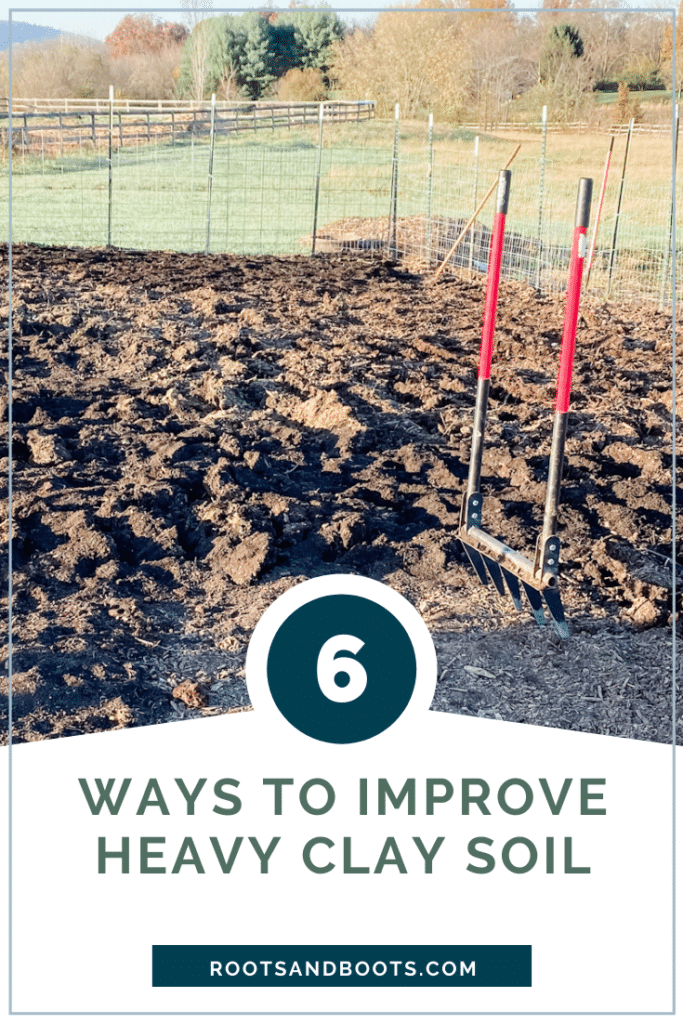
5. Plant cover crops
Cover crops are an excellent way to build your soil! Their roots help to aerate the soil and prevent erosion. And the the crops themselves can be turned over into the soil before planting veggies, acting as a green manure and adding nutrients to the soil.
Plant cover crops in the off season, or at the end of your growing season. You can also grow cover crops for a full growing season in a new garden space, planning not to use that space for vegetable crops until the following year.
The cover crops you choose will depend largely on your climate and the time of year. Cover crops grown during the spring and summer months offer more options, while there are just a few cover crops suitable for fall and winter.
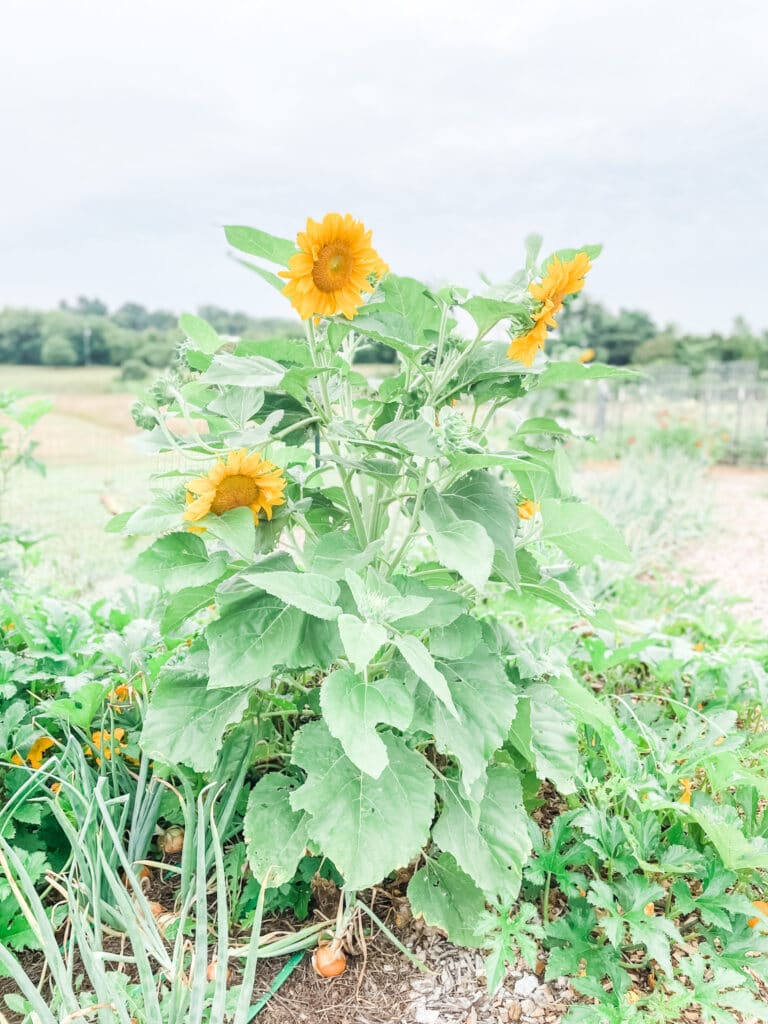
6. Use clay-busting plants
Similar to cover crops, clay-busting plants help to aerate and loosen the soil. This leads to better water drainage and looser soil that allows plant roots to thrive.
One of my favorite clay-busting plants is sunflowers. Other options include artichokes and daikon radishes.
Gardening in heavy clay soil?
Yes, it takes time to fight compacted soil and build healthy, rich soil. Gardening in heavy clay soil isn’t for the faint of heart! But if you focus on investing in your soil for the long haul and take these steps to build, aerate, and elevate your clay soil, you’ll reap an abundant harvest.
Tell me about your experience gardening in heavy clay soil! What else would you add to my list? Which of these tips will you implement first?
Want More Help?
Hügelkultur Ebook - 18 pages
Tried and true methods for fast results: build your soil and grow better veggies.
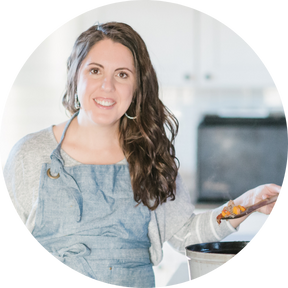

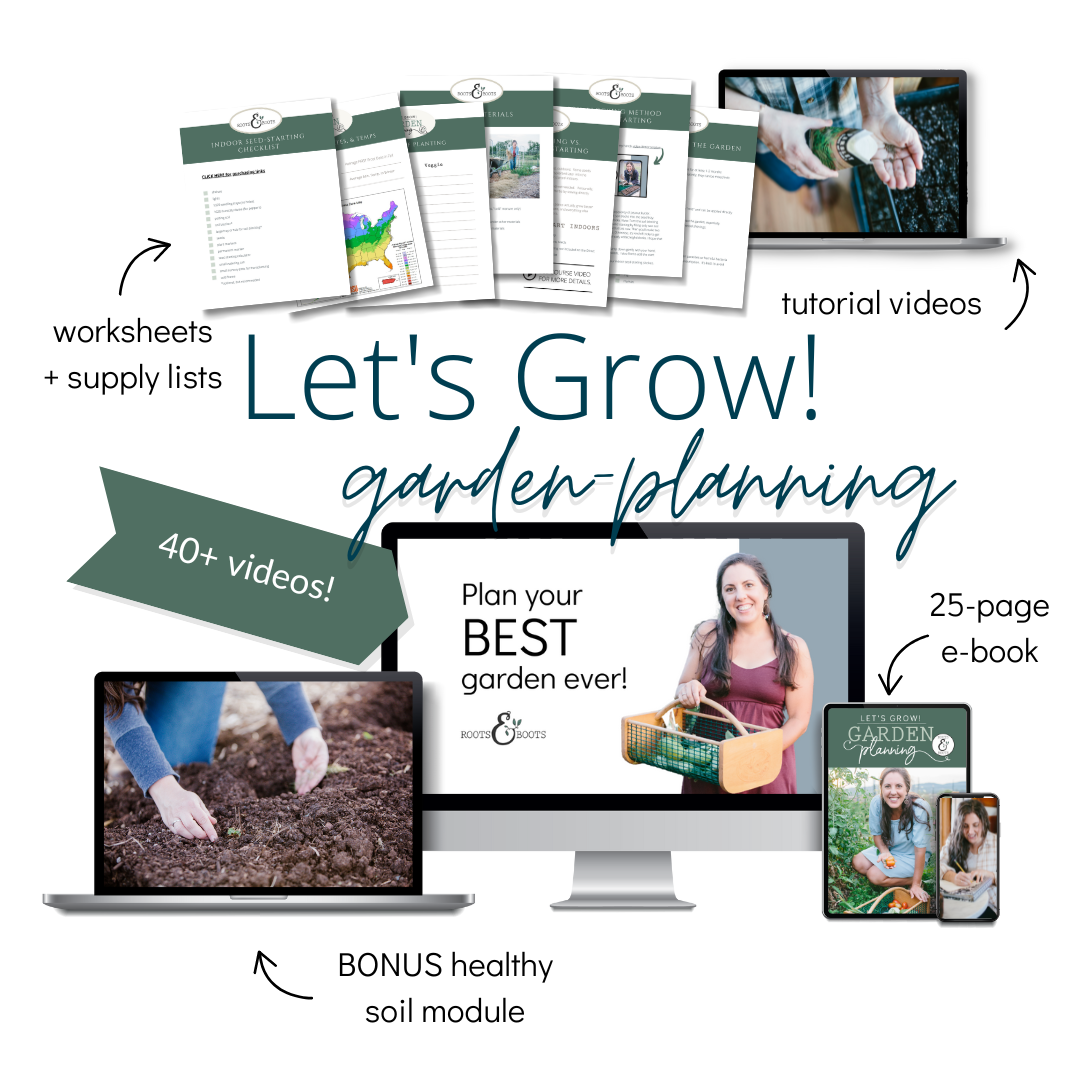




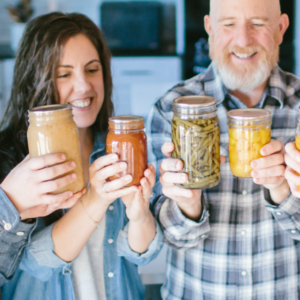
Leave a Comment